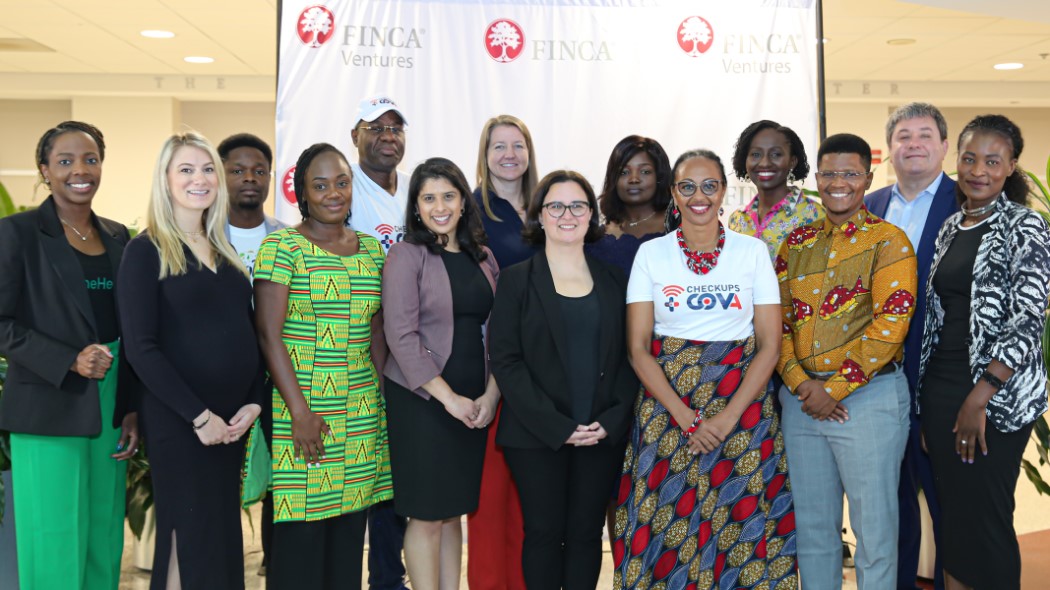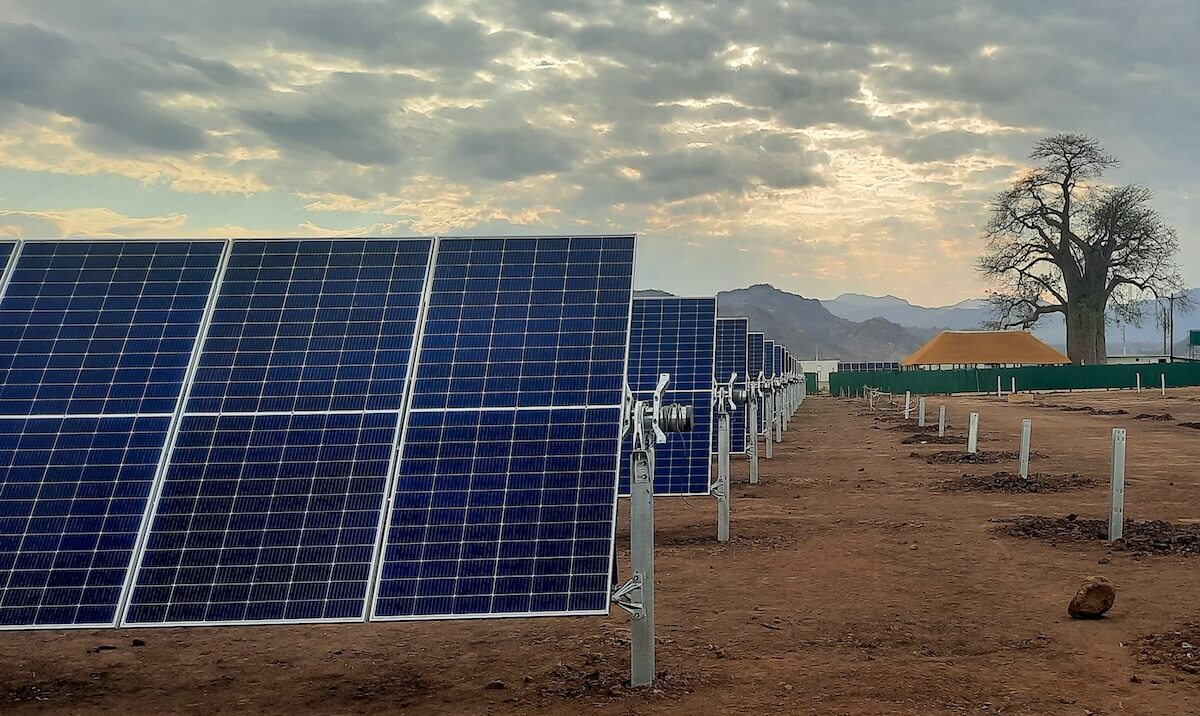Investing in women makes smart economics. Yet, women, especially poor women, remain economically marginalized — working harder, receiving less income, and enjoying less decision making power than their male counterparts.
Women-owned and women-led businesses operating in the small and medium-sized range (collectively women’s SMEs) account for a large source of untapped job creation and economic growth in developing countries but encounter significantly more barriers to growth than their male counterparts.
Women start businesses with less capital than men and have less access to capital to expand their enterprises. Financing options, availability of capital, and their associated costs drive firm size, determining a company’s ability to compete, respond to evolving market conditions, and scale operations to realize market opportunities.
In developing countries, an estimated 70% of women-owned small and medium-sized enterprises in the formal sector are unserved or underserved by financial institutions — a financing gap reaching US$ 287 billion. In East Asia and the Pacific, this financial gap runs to US$ 68 billion.
Investing in Women, an initiative of the Australian government, was designed to support the growth of impact investing for women’s SMEs in Southeast Asia. Launched in 2016, the Investing in Women Initiative promotes women’s economic empowerment by redressing socio-cultural barriers to women’s full economic participation, whether in leadership positions, access to capital, labor force participation, or workplace equity. Within impact investing, the program seeks to expand access to — and control over — economic resources for women entrepreneurs.
Investing in Women looks to address investor biases — whether explicit or implicit — against women’s SMEs by partnering directly with impact investors and ecosystem builders.
Economic dividends
Already, Investing in Women has partnered with the Small Enterprise Assistance Funds (SEAF) and Patamar Capital to support the growth of women’s SMEs in Indonesia, the Philippines, and Vietnam. SEAF has set up the Women’s Opportunity Fund to make equity and quasi-equity investments, with ticket sizes between US$ 1 million and US$2.5 million.
Patamar Capital recently launched an impact investment fund and an acceleration program for companies led by women. Investing with a gender lens, both firms also expect to leverage additional private sector investments for this underserved market segment.
Closing the gender credit gap can translate into economic dividends, driving global growth with significant increases in GDP per capita (12% by 2030). Narrowing the financing gap for women’s SMEs requires moving beyond conventional financing options.
Challenges in access to capital are particularly acute for women’s small and medium-sized enterprises at the start-up and early stage of growth. Contributing to perceptions of higher risks, their limited operating history points to unsteady revenue streams and a lack of fixed assets for collateral — all prerequisites to access most commercial forms of financing. Their capital needs typically fall in the range of $250,000 to $ 2 million for investment ticket sizes, where the program strategically intervenes.
Given their size and the nature of their businesses, women’s SMEs tend to lack access to capital from traditional and commercial resources. Without access to more financing options, tailored products/services, flexible terms/conditions, and cost of capital that properly captures their risk/return profiles, women’s SMEs cannot realize their full potential.
Focus on Southeast Asia
With assets under management estimated at US$ 114 billion, the impact investing space has grown strongly in the recent past and plays an important role in filling the SME financing gap in emerging markets, with a range of financial instruments that can be tailored to the individual needs of women’s businesses.
To crowd in greater private sector financing that balances socio-economic returns, the Investing in Women Initiative looks to (a) catalyze the growth of impact investing in Southeast Asia, which accounts for only 4% (or US$ 4.5 billion) of the industry’s current global size, and (b) ensure that these investors move capital with a gender lens for women’s small and medium-sized businesses.
As one of the most dynamic regions in the world, Southeast Asia rivals the largest economies in terms of GDP (US$ 2.6 trillion) and projected GDP growth (4.6%). So the lack of impact investment focus is surprising, pointing to large untapped market opportunities, particularly with women entrepreneurs.
3rd Sankalp Southeast Asia Summit 2017
Through catalytic grant funding, Investing in Women seeks to mobilize more impact investment capital to Southeast Asia for women’s small businesses. Focused on supply-side constraints of capital, the program either (i) intervenes directly in the market to support impact investors who act as champions of Investing in Women or (ii) plays a market-building role strengthening the broader impact investing industry to deploy capital with a gender lens.
At its core, Investing in Women provides seed funding to establish proof of concept investment vehicles and blended finance structures that de-risk investments to address the financing gap for women’s SMEs, particularly at the early stage of their growth cycle.
Gender lens
By addressing the gender credit gap, Investing in Women also promotes the process of investing with a gender lens.
Gender lens investing describes the process of integrating gender into investment decision making. As a form of impact investing, gender lens investing refers to the use of capital to advance gender equality and generate financial returns.
Moving beyond merely counting women, gender lens investing seeks to broaden the ways in which gender shapes an understanding of value in investment. Investing in Women recognizes that impact investors can only operate effectively (in sourcing, closing, and monitoring women’s SME transactions) and act as champions in building a meaningful business case for such transactions, when they invest with a gender lens.
Organizational change
In the process of investing with a gender lens, our impact investing partners will broaden the program’s knowledge of market appetite for investments into women’s small and medium-sized businesses. SEAF and Patamar Capital have begun to integrate gender into their investment decision making and organizational processes, as outlined in gender lens investing action plans developed and monitored with program support.
This gendered, organizational change management continues to evolve for both investment firms, taking a variety of forms, such as reassessment of their deal sourcing strategies, updates to their due diligence processes, diversification of their investment committees, promotion (through board participation) of workplace gender equity for their portfolio companies, and repositioning of their capital raising approaches, among many other gender inclusive measures.
This market-building role involves a partnership with the Global Impact Investing Network (GIIN). Guiding the Investing in Women work with GIIN is (i) development of market intelligence through a landscaping study on impact investing in Southeast Asia, and (ii) establishment of a community of practice (as a working group) for impact investors pursuing gender lens investing. This partnership with GIIN will build greater investor awareness of the cross-cutting nature of gender and help expand a social investment sector that advances gender equality as smart economics.
The program will increase investments and market opportunities for women’s SMEs, while building a stronger business case for investing in women overall.
ImpactAlpha is pleased to be a partner of the 3rd Sankalp Southeast Asia Summit 2017, Sept. 19–20 at Jakarta, Indonesia. #SankalpSEAsia17











